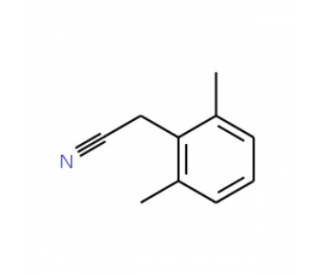詳細說明
Species Reactivity
Human
Specificity
Detects human Max in Western blots.
Source
Polyclonal Goat IgG
Purification
Antigen Affinity-purified
Immunogen
E. coli-derived recombinant human Max
Asp37-Ser141
Accession # P61244Formulation
Lyophilized from a 0.2 μm filtered solution in PBS with Trehalose. *Small pack size (SP) is supplied as a 0.2 μm filtered solution in PBS.
Label
Unconjugated
Applications
Recommended
ConcentrationSample
Western Blot
1 μg/mL
See below
Please Note: Optimal dilutions should be determined by each laboratory for each application. are available in the Technical Information section on our website.
Data Examples
Western Blot | Detection of Human Max by Western Blot. Western blot shows lysates of LNCaP human prostate cancer cell line and PC-3 human prostate cancer cell line. Gels were loaded with 20 μg of cytoplasmic (Cyto) and 10 μg of nuclear extracts (Nuc). PVDF membrane was probed with 1 μg/mL Goat Anti-Human Max Antigen Affinity-purified Polyclonal Antibody (Catalog # AF4304) followed by HRP-conjugated Anti-Goat IgG Secondary Antibody (Catalog # ). A specific band for Max was detected at approximately 28 kDa (as indicated). This experiment was conducted under reducing conditions and using . |
Preparation and Storage
Reconstitution
Reconstitute at 0.2 mg/mL in sterile PBS.
Shipping
The product is shipped at ambient temperature. Upon receipt, store it immediately at the temperature recommended below. *Small pack size (SP) is shipped with polar packs. Upon receipt, store it immediately at -20 to -70 °C
Stability & Storage
Use a manual defrost freezer and avoid repeated freeze-thaw cycles.
12 months from date of receipt, -20 to -70 °C as supplied.
1 month, 2 to 8 °C under sterile conditions after reconstitution.
6 months, -20 to -70 °C under sterile conditions after reconstitution.
Background: Max
Max is a member of the basic helix-loop-helix leucine zipper (bHLHZ) family of transcription factors. Max is able to form homodimers and heterodimers with other family members (Mad, Mxi1, and Myc). These homodimers and heterodimers compete for a common DNA target site (the E box (CACGTG)). MYC:MAX heterodimers are associated with transcriptional activation and cellular proliferation, whereas, the MAD:MAX heterodimers are associated with transcriptional repression and cellular differentiation. Max has six alternatively spliced transcript variants.
Long Name:
Myc associated factor X
Entrez Gene IDs:
4149 (Human); 17187 (Mouse); 60661 (Rat)
Alternate Names:
BHLHD4; bHLHd4MGC11225; bHLHd5; bHLHd6; bHLHd7; bHLHd8; Class D basic helix-loop-helix protein 4; helix-loop-helix zipper protein; MAX protein; Max; MGC10775; MGC18164; MGC34679; MGC36767; MYC associated factor X; Myc-associated factor X; orf1; protein max







![Anti-PIM2 antibody [EPR6988] 10μl](https://yunshiji.oss-cn-shenzhen.aliyuncs.com/202407/25/dqpq5tybgb2.jpg)
![Anti-PIM2 antibody [EPR6988] 100μl](https://yunshiji.oss-cn-shenzhen.aliyuncs.com/202407/25/vowevq233x4.jpg)
![Anti-Pigu antibody [EPR16424] - C-terminal 10μl](https://yunshiji.oss-cn-shenzhen.aliyuncs.com/202407/25/txfwlar4zhb.jpg)




 粵公網(wǎng)安備44196802000105號
粵公網(wǎng)安備44196802000105號